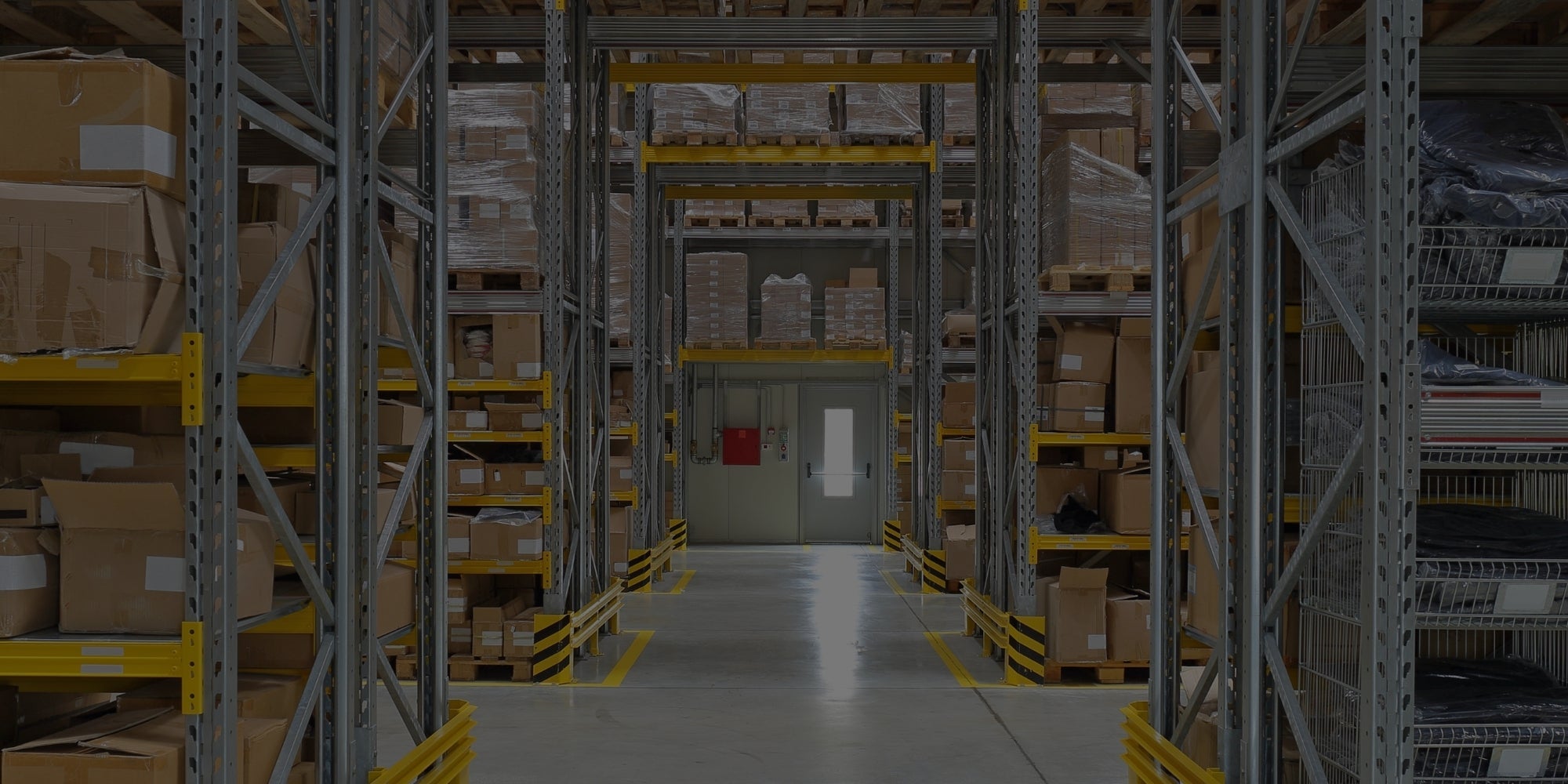Why Warehouse Safety Needs To Be A Top Priority
In Ireland's logistics and industrial sectors, warehouse safety isn’t a box-ticking exercise, it’s essential for operational continuity. The cost of neglecting warehouse safety goes far beyond physical damage, it affects:
- Productivity: Damaged racking or machinery can halt operations for hours or days.
- Staff wellbeing: Injuries reduce morale and lead to lost time and compensation claims.
- Compliance: HSA investigations, fines, and corrective actions drain resources.
- Reputation: Ongoing safety issues hurt your company’s standing with insurers, auditors, and partners.
This guide is designed to support Warehouse Managers, Site and Facilities Managers, and Health & Safety Officers to reduce risk across every warehouse zone.
Loading Bays & Delivery Areas
These zones see the highest concentration of HGV activity and are one of the most dangerous areas of any warehouse site. Key risks include vehicle collisions with structures, poor trailer alignment, and unclear separation between people and vehicles.
Recommended Safety Solutions
Install bollards at key structural points such as dock doors, shutter edges, or building corners. These protect against impact from reversing HGVs or misaligned trailers. Use them wherever a fixed visual and physical deterrent is needed to prevent vehicle contact with infrastructure.
Ideal for marking out drive lanes or defining no-access zones in service yards. Use them to direct traffic safely through loading areas, keeping vehicles on designated paths and protecting adjacent pedestrian walkways or parked equipment.
Essential for ensuring proper trailer alignment during docking. These reduce the likelihood of misdocking accidents, edge strikes, and uneven trailer placement. Use where HGVs reverse into tight bay areas.
Absorb the repeated impact from trailers backing into dock levelers. They help prolong the lifespan of dock equipment and reduce structural damage over time. Install at every loading bay to maintain edge protection.
Racking & Storage Zones Key Risks
Forklifts frequently navigate tight spaces, and racking is one of the most commonly damaged elements of warehouse infrastructure. Even low-speed impacts can compromise structural integrity, leading to rack collapse and serious injuries.
Recommended Safety Solutions
Designed to protect the ends of racking aisles, these barriers absorb impact from forklifts entering or turning too tightly. They’re essential in high-traffic storage areas where space is limited and visibility can be poor.
Placed at aisle entrances, intersections or exposed corners, bollards create a visible and physical barrier to reduce the likelihood of racking damage due to misjudged forklift turns or reversing.
Used to visually define safe routes for forklift traffic and clearly outline racking zones. These markings help improve spatial awareness and enforce one-way systems, reducing the likelihood of collisions.
Pedestrian Walkways & Staff Areas
Where vehicles and people coexist, risk is elevated. Pedestrian zones must be clearly marked and physically protected to prevent injury or fatality due to collision.
Recommended Safety Solutions
Install these to form robust, continuous separation between pedestrian walkways and vehicle routes. They provide both physical protection and visual cues, helping to enforce safe movement throughout shared spaces.
Use these at walkway entry and exit points, around staff entrances or office access routes. They help to guide pedestrian flow and discourage short-cutting into vehicle zones.
High-Visibility Signage and Markings
Essential for identifying safe pedestrian crossings, junctions and exits. These should be refreshed regularly to maintain visibility and compliance.
Machinery & Critical Infrastructure
Machinery, robotics, switchboards, and control panels are often installed in open-plan warehouses, leaving them vulnerable to impact. Unauthorised access is also a concern in these areas.
Recommended Safety Solutions
Use to defend critical infrastructure such as electrical panels, refrigeration units or automation lines. These bollards prevent vehicle contact while allowing clear access for authorised personnel.
Portable Barrier Systems
An ideal choice for facilities with changing layouts. These systems allow you to reconfigure zones quickly while maintaining strong, visible protection around sensitive areas.
Corner and Column Guards
Install in tight-turning zones or where support structures are exposed. These reduce the risk of structural damage that could lead to costly repairs or safety issues.
Spill Control & Impact Protection
Slips, trips, and minor collisions are often overlooked, but they contribute to the majority of non-fatal injuries in warehouses. Preventing these incidents protects your team and keeps operations flowing.
Recommended Safety Solutions
Install along sharp edges, low door frames or wall corners. This foam cushions accidental contact and prevents injury during movement in confined areas.
Use in high-traffic corridors or behind parked trolleys or forklifts to protect surfaces from ongoing wear and accidental impact.
Place in easily accessible, high-risk zones such as goods-in, dispatch or storage areas. These ensure fast clean-up of oil, water or chemical spills and minimise risk of slip injuries.






